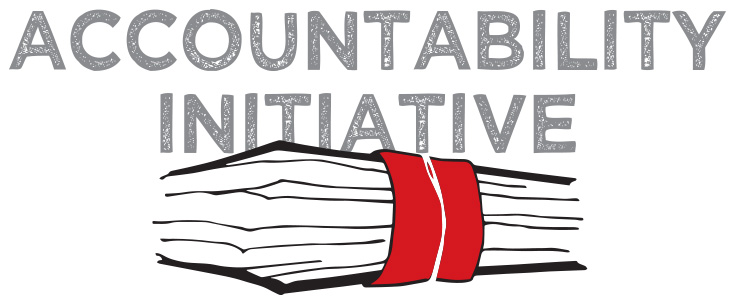The RTI Act – to amend or not to amend? That is the question that has everyone talking. In a rare instance, Prime Minister, Manmohan Singh and Congress President, Sonia Gandhi are on opposite sides of the debate with the Prime Minister backing amendments to the Act in the face of strong opposition from activists. Under consideration are three major amendments which if pushed through will exempt frivolous and vexatious requests for information; discussions on policy decisions (read file notings) and the office of the Chief Justice of India. But the big question is why amend the RTI Act at all? The government’s take on the issue is simple – the amendments are necessary to improve the functioning of the law and to prevent its misuse by false or frivolous requesters. RTI activists on the other hand feel that the amendments have been designed to appease a recalcitrant bureaucracy and judiciary and will restrict the scope of the law.
Looking at just the first of the proposed amendments – frivolous and vexatious requests – it is not really clear what the government has in mind. What exactly is a frivolous or vexatious request for information? And more importantly who gets to decide and on what criteria? The fact of the matter is that most RTI requests are simple requests for information on government rules, procedures, budgets, expenditure, schemes and policies etc. Studies have shown the RTI Act is frequently used as a grievance redressal tool with people filing RTIs to find out why they have not received their ration cards, passports, election cards or other benefits. Most of this information should already be available and accessible to the public. But such requests are often considered vexatious, frivolous or voluminous simply because government departments do not have the necessary records management and information retrieval systems to deal with them.
For the small percentage of applications that are genuinely annoying, governments need to think of creating ways of dealing with them. In the UK, government departments get a fair number of ‘frivolous’ requests under the Freedom of Information Act 2000. In 2006, the Hampshire Police received a request for a list of the names and addresses of eligible bachelors within the Hampshire constabulary. Taking the request in their stride, the office replied that they did in fact have 210 eligible bachelors on the rolls but sadly could not give out their personal information! In another case the Ministry of Defence got a request from an ex-sailor wanting to track down “an old Royal Navy recipe for sautéed kidneys and curried meatballs”!
In India, a creative solution is luckily close at hand and departments need look only as far as the RTI Act for help. Section 4 of the RTI Act requires departments to routinely publish 17 categories of information. This includes information on the functions and powers of an organisation, its decision making procedures, the names and contact details of officials and information on salaries, budgets, subsidy schemes etc. This information has to be updated regularly and published on the departments’ website and through other means. If implemented properly proactive disclosure gives people easy and regular access to government information which minimises the need for citizens to file formal RTI requests. This in turn helps reduce the volume of RTI requests received by government departments.
Unfortunately, departments across the country have a poor Section 4 compliance record. According to a recent study by the Right to Information Assessment and Analysis Group (RaaG), most departments are reporting only 30% of their Section 4 requirements. And even this information is incomplete and out of date. The problem is multifaceted. On the one hand there are a lot of departments that simply pay lip service to Section 4 and are insincere in their disclosure efforts. On the other hand there are departments who simply do not know what information they should be disclosing. The lack of awareness, training and capacity building of officials and departments on their proactive disclosure obligations is a major implementation hurdle. Poor records management is another. Archaic systems of records keeping, retrieval and archiving make it nearly impossible for Public Information Officers (PIOs) to piece together Section 4 information. Clearly, the need of the hour is stronger and more effective implementation of the RTI Act particularly Section 4 and not amendments.
In an effort to pacify RTI activists, the government has decided to shelve the amendments until consultations have been held with a range of stakeholders. But rather than seesawing on the issue, the government would do better to take on board the findings of the recent RaaG study which shows that more than frivolous and vexatious requests – weak implementation, lack of training and capacity building and poor records management are the major constrains faced by the governments in implementing the RTI Act today. In 2004, the UPA Government in its Common Minimum Programme promised to make the RTI Act “progressive, participatory and meaningful” – the current amendments fall far short of this promise.
Mandakini Devasher Surie is a Research Associate with the Accountability Initiative




